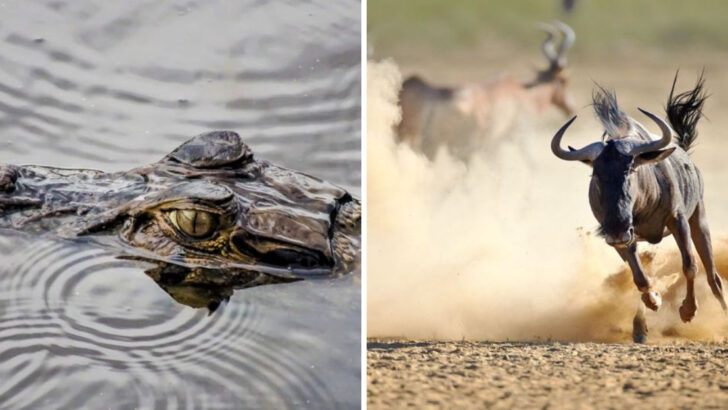In the wild, you don’t get second chances.
You either strike fast—or vanish faster.
Some animals lie in wait like shadows, motionless, invisible, ready to explode into action the second their prey lets its guard down. Others are built like missiles, relying on raw, blistering speed to win the chase or dodge disaster by inches.
This list brings together 24 creatures that are absolute masters of the hunt—or the getaway. From the stealthy assassins who ambush with terrifying precision to the speed demons who blur past danger, every animal here has one thing in common: survival is an art, and they’ve perfected it.
Ready to meet nature’s fastest feet and sharpest minds? Let’s go.
Leopard
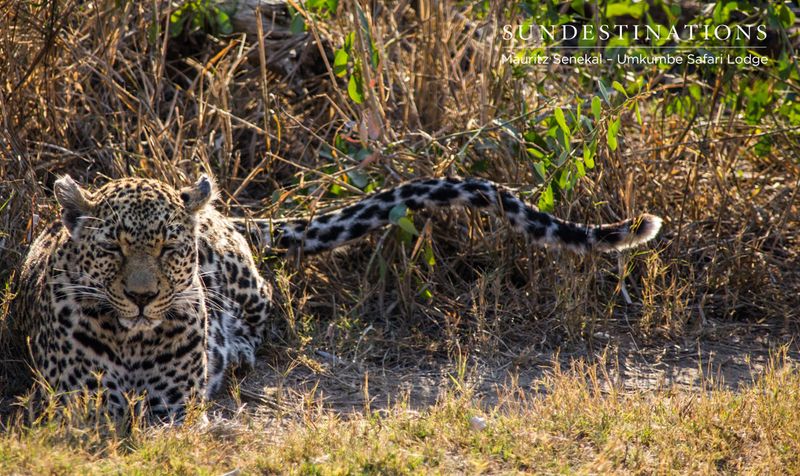
With spots that blend seamlessly into the dappled sunlight of the forest, the leopard is a master of stealth. Silent as a shadow, it prowls through the underbrush, eyes locked onto its target. Suddenly, with a burst of power, it leaps, taking its prey by surprise.
Leopards are known for their incredible ability to climb trees, where they often stash their kills away from scavengers. This solitary predator is an expert in the art of ambush, using its environment to its advantage.
Did you know? Leopards have the widest distribution of any wild cat.
Cheetah

Built for speed, the cheetah is nature’s fastest land animal, capable of reaching speeds up to 60-70 mph. Its slender body and long legs make it perfectly suited for catching prey in a high-speed chase.
Unlike other big cats, the cheetah relies on its speed rather than stealth. It hunts during the day, using its keen eyesight to spot prey from a distance, before launching into a sprint.
Despite its speed, the cheetah tires quickly and must end the chase swiftly. Fun fact: Cheetahs can accelerate from 0 to 60 mph in just three seconds!
Praying Mantis
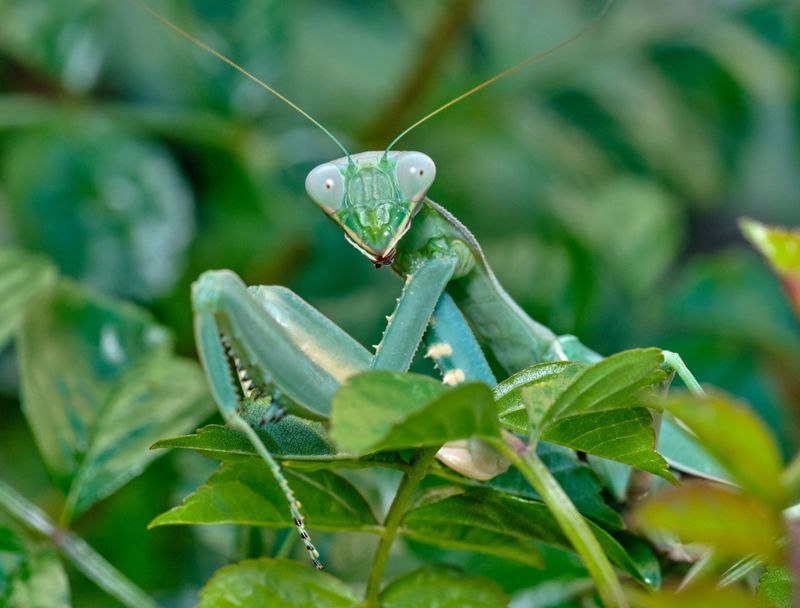
The praying mantis is a patient predator, often remaining motionless for hours as it waits for prey to come within reach. Its forelegs are adapted for snatching insects out of the air with lightning-fast reflexes.
This insect’s camouflage is its greatest weapon, allowing it to blend seamlessly into the leaves and branches. When prey approaches, the mantis strikes with incredible speed and precision.
Interesting tidbit: After mating, the female praying mantis sometimes eats the male. This behavior has fascinated scientists and nature enthusiasts alike.
Peregrine Falcon
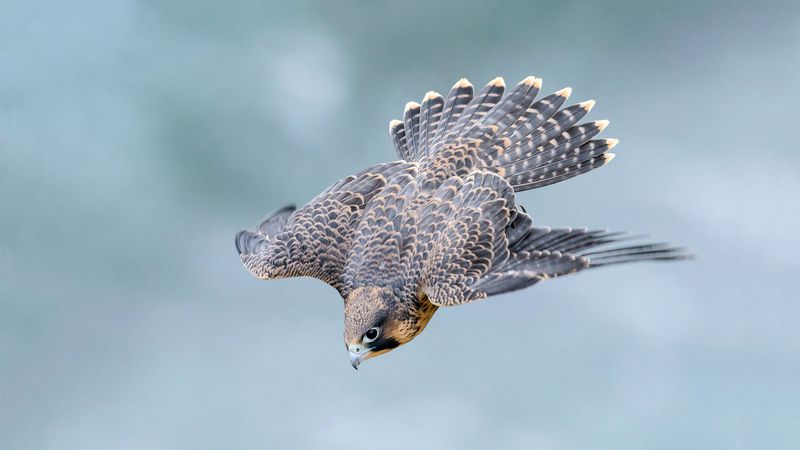
The peregrine falcon is a marvel of aerodynamics, reaching speeds of over 240 mph in a dive. This bird of prey spots its target from high above, then folds its wings and plummets downward in a controlled fall.
With its sharp talons extended, the falcon strikes with lethal precision, often mid-air. It preys on other birds, making it one of the most efficient hunters in the avian world.
Did you know? The peregrine falcon’s incredible speed is due to its specially adapted body, with narrow wings and a streamlined shape.
Trapdoor Spider
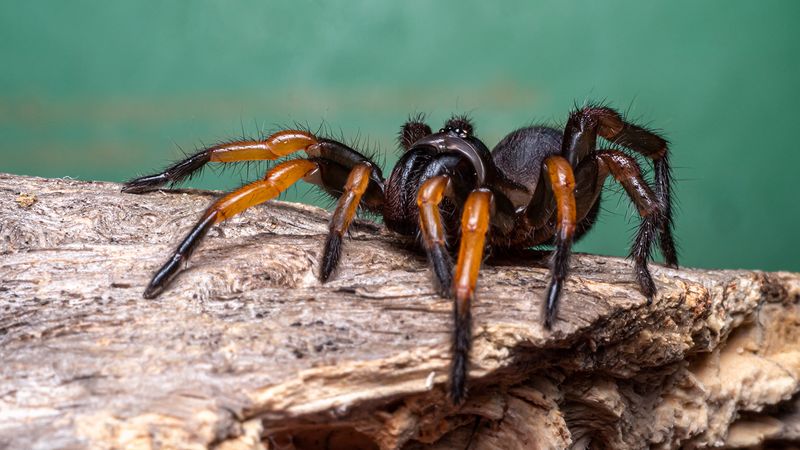
Lurking beneath the forest floor, the trapdoor spider waits patiently in its underground lair. Its trapdoor is camouflaged with soil and vegetation, making it nearly invisible to unsuspecting prey.
When an insect passes by, the spider bursts forth with terrifying speed, pulling its victim into the hidden burrow. This ambush predator is a master of disguise and stealth.
Fun fact: Trapdoor spiders can live for up to 20 years, a long lifespan for an arachnid. Their survival depends on their ability to remain hidden and strike swiftly.
Brown Bear
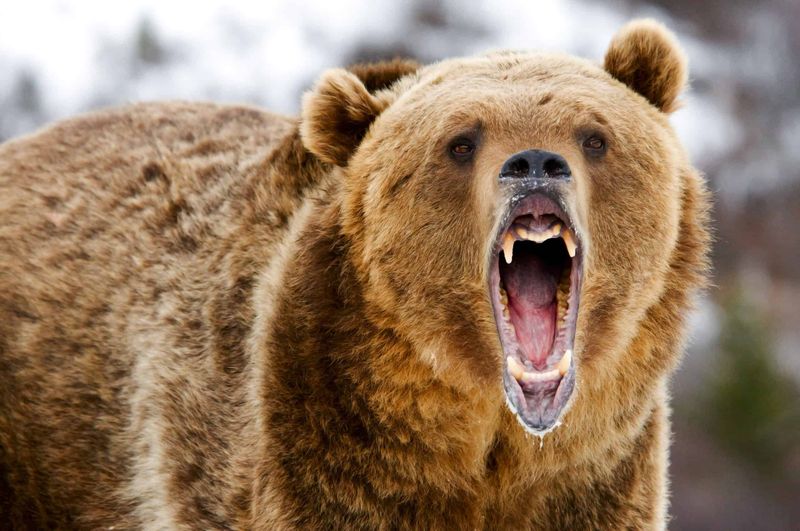
With a mighty paw, the brown bear swipes at the river, snatching a salmon from the rushing water. These bears rely on their strength and patience, waiting for the perfect moment to strike.
Ambush isn’t just about stealth; it’s about timing and precision. Brown bears have honed these skills to catch fish during the salmon run, a crucial time for their survival.
Did you know? Brown bears have a highly developed sense of smell, which helps them locate food from miles away. Their tactical prowess is a testament to nature’s ingenuity.
Gazelle
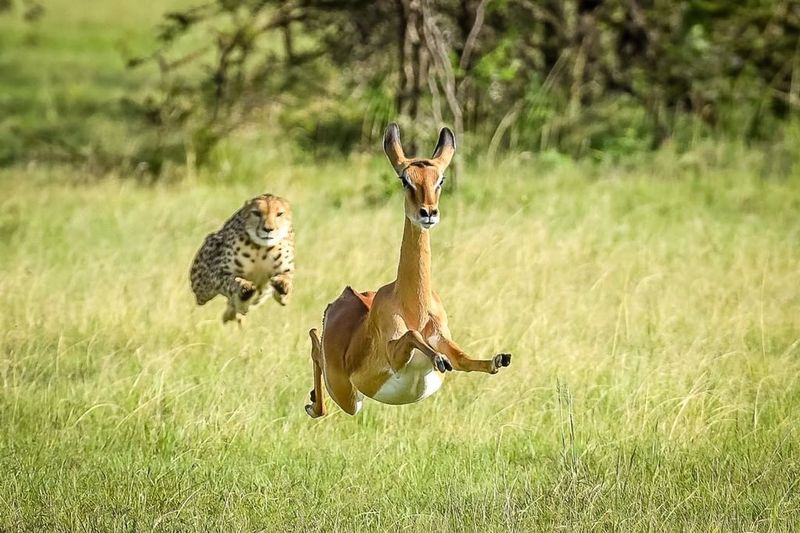
Graceful and swift, the gazelle uses its incredible speed and agility to escape predators. Its ability to zigzag at high speeds makes it a challenging target for hunters like cheetahs and lions.
Living in open plains, gazelles rely on their keen eyesight and speed to detect and outrun threats. Their light frame allows them to make sharp turns and leaps, confusing predators.
Fun fact: Some species of gazelles can run at speeds up to 60 mph. Their survival hinges on their ability to remain ever vigilant and fleet-footed.
Jaguar
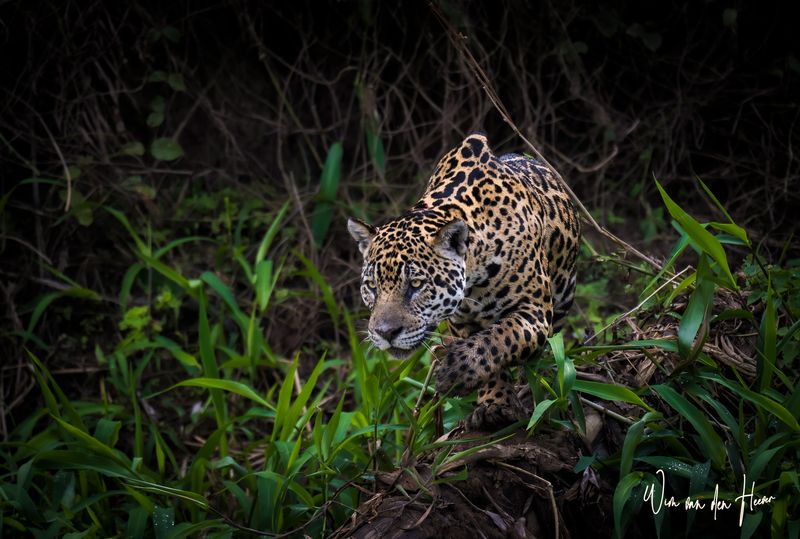
The jaguar embodies power and stealth, effortlessly navigating the dense jungles of the Americas. With a coat designed for camouflage, it blends into the shadows, stalking its prey with silent determination.
When the moment is right, the jaguar strikes with unmatched strength, using its powerful jaws to deliver a fatal bite. This ambush predator is both feared and revered.
Did you know? Jaguars have the most powerful bite of any big cat, capable of crushing bones and even reptile shells. Their stealthy approach is a testament to their hunting prowess.
Greyhound
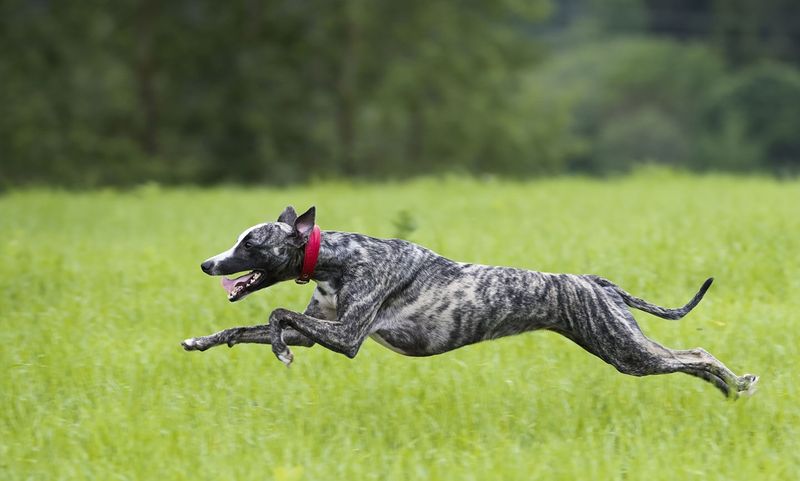
Sleek and elegant, the greyhound is built for speed. Known for its gentle demeanor, this breed can reach speeds of up to 45 mph, making it one of the fastest dog breeds in the world.
Greyhounds have been bred for hunting and racing, relying on their keen eyesight and speed to chase down prey. Their lean bodies and strong legs enable them to cover ground quickly.
Fun fact: Despite their speed, greyhounds are often described as couch potatoes and enjoy lounging around the house. Their agility and grace are truly remarkable.
Alligator
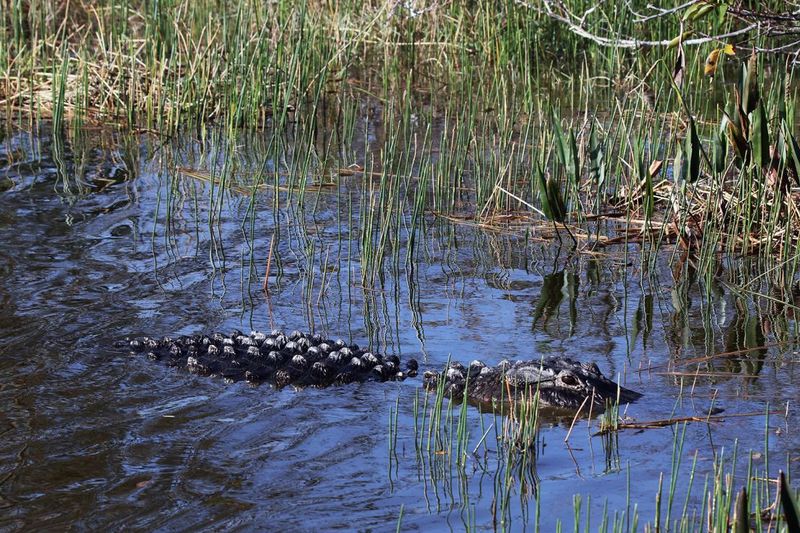
With eyes peering just above the water, the alligator patiently waits for its prey to draw near. This ancient reptile relies on stealth and surprise to capture unsuspecting animals along the riverbank.
When the moment arrives, the alligator lunges with explosive force, using its powerful jaws to secure its meal. Its ability to remain motionless for hours is key to its ambush strategy.
Did you know? Alligators have been around for millions of years, evolving little over time. Their success lies in their adaptability and patient hunting techniques.
Sailfish
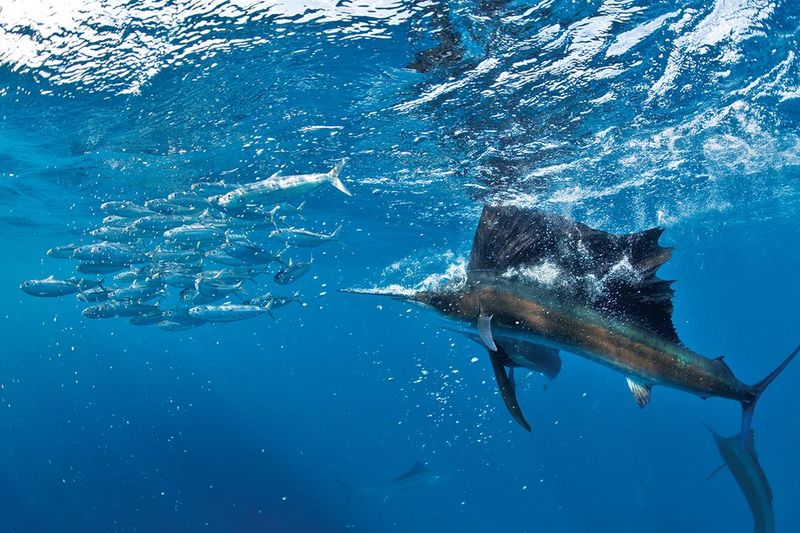
Known as the fastest fish in the ocean, the sailfish can reach speeds of up to 68 mph. Its long, slender body and sail-like fin allow it to slice through the water with precision.
Using its speed, the sailfish hunts schools of smaller fish, corralling them with its bill before striking. This marine predator relies on its agility and speed to secure meals.
Fun fact: Sailfish are capable of leaping high out of the water, a spectacle often captured by fishermen. Their speed and agility are unmatched in the ocean world.
Owl
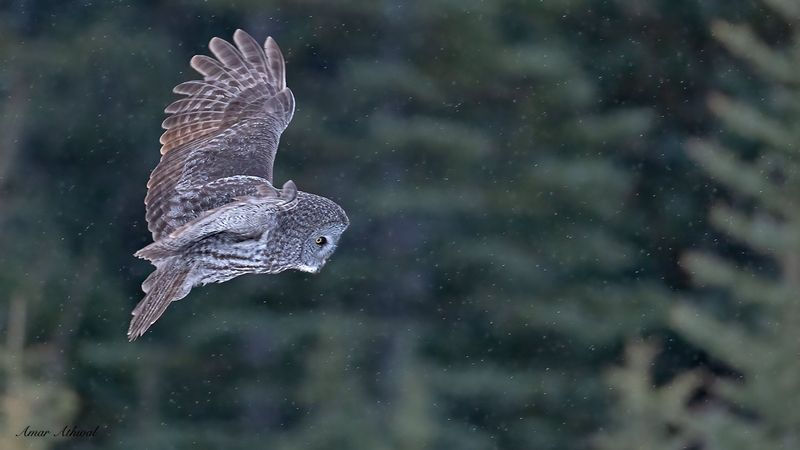
With wings adapted for silent flight, the owl glides through the night like a ghost. Its exceptional hearing allows it to pinpoint the slightest sounds of prey below.
Camouflaged against the bark of trees, the owl waits patiently before swooping down with silent precision. This nocturnal hunter is a master of stealth and surprise.
Did you know? Some owl species can rotate their heads almost 270 degrees, giving them a wide range of vision without moving their bodies. Their silent approach is a marvel of nature.
Antelope
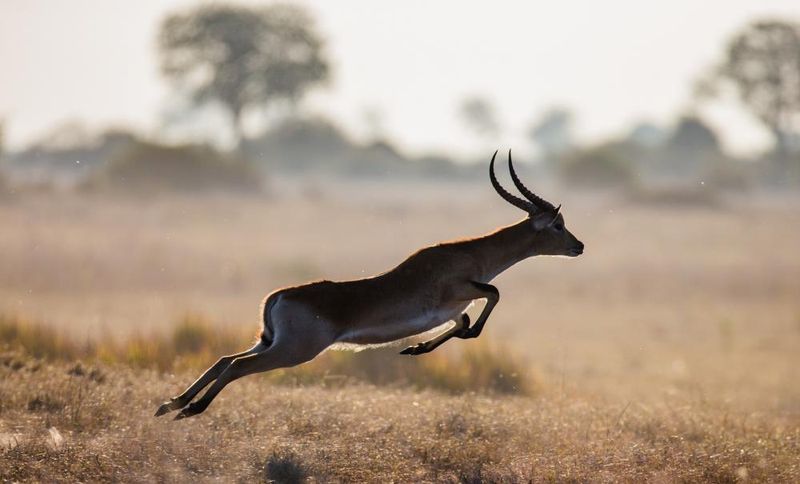
Swift and resilient, the antelope relies on its speed to evade predators in the vast savannahs. With a burst of energy, it can sprint up to 60 mph, leaving its pursuers in the dust.
Antelopes have evolved with powerful legs and a light build, enabling them to make quick escapes when threatened. Their agility in open spaces is essential for survival.
Fun fact: Antelopes come in various species, each adapted to different environments. Their ability to thrive in diverse habitats makes them fascinating subjects of study.
Lionfish
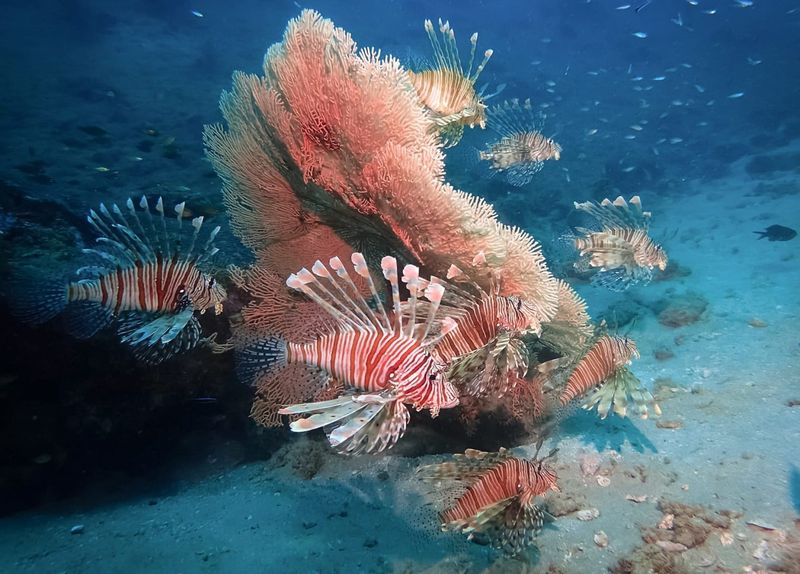
With vibrant stripes and venomous spines, the lionfish is both beautiful and dangerous. This underwater ambush predator uses its striking appearance to lure curious prey closer.
Hovering near coral reefs, the lionfish suddenly lunges, engulfing smaller fish with its wide mouth. Its ambush technique is as effective as it is mesmerizing.
Fun fact: Lionfish are invasive in some regions, posing a threat to local marine life. Their ability to thrive in various waters demonstrates their adaptability and resilience.
Springbok
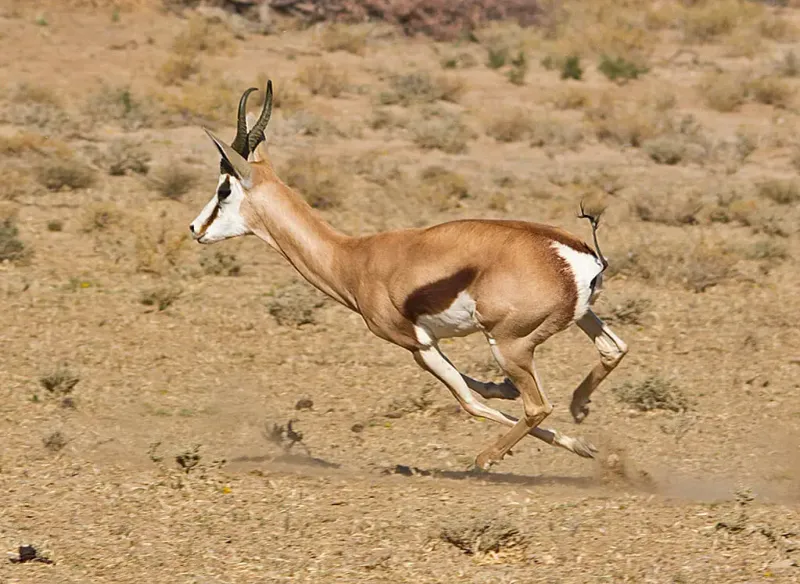
Known for its unique ‘pronking’ leap, the springbok showcases both agility and speed. This behavior, where it jumps high into the air, can confuse predators or signal fitness to potential mates.
Capable of reaching speeds up to 55 mph, the springbok uses its swiftness to evade threats in the open grasslands. Its leaps and bounds are a sight to behold.
Fun fact: The name ‘springbok’ comes from the Afrikaans word for ‘jumping antelope,’ a fitting description for this lively creature. Their energy and agility are truly captivating.
Wolf
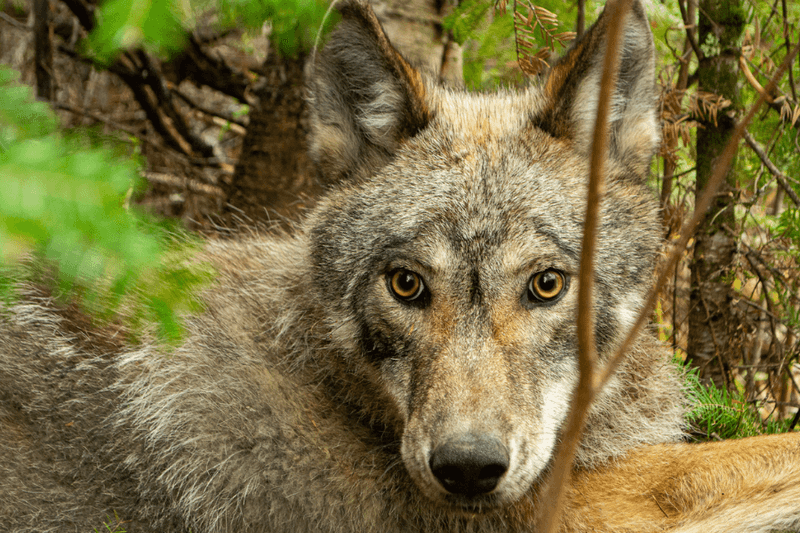
The wolf, a symbol of the wild, utilizes pack strategies and keen senses to hunt. In the silent woods, a lone wolf might rely on the element of surprise, stalking quietly through the snow.
With a powerful sense of smell and acute hearing, wolves can detect prey from miles away. Their ability to work as a cohesive unit makes them formidable hunters.
Did you know? Wolves can communicate through a range of vocalizations, including howls, barks, and whines. Their social structure and hunting prowess are a testament to their intelligence.
Hyena
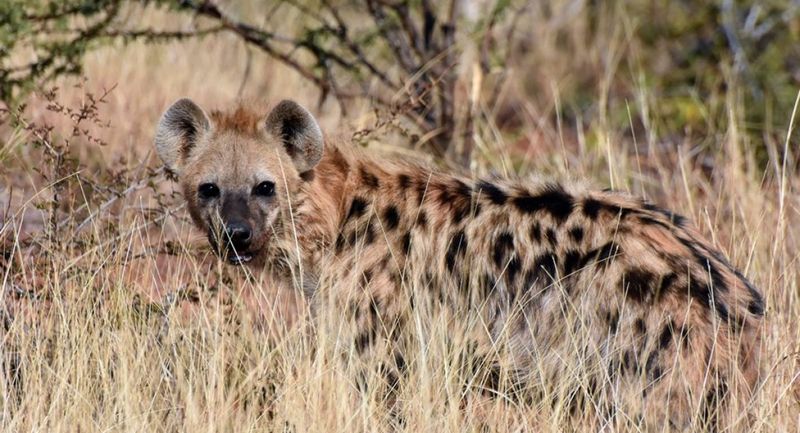
Often misunderstood, the hyena is a powerful and efficient hunter. While known for scavenging, hyenas also rely on their speed and teamwork to hunt down prey.
Capable of running long distances at a steady pace, hyenas use endurance over sheer speed. Their strong jaws and pack dynamics make them formidable in the animal kingdom.
Fun fact: Hyenas are more closely related to cats than dogs, and they have a complex social structure. Their adaptability and cunning make them fascinating creatures to observe.
Komodo Dragon
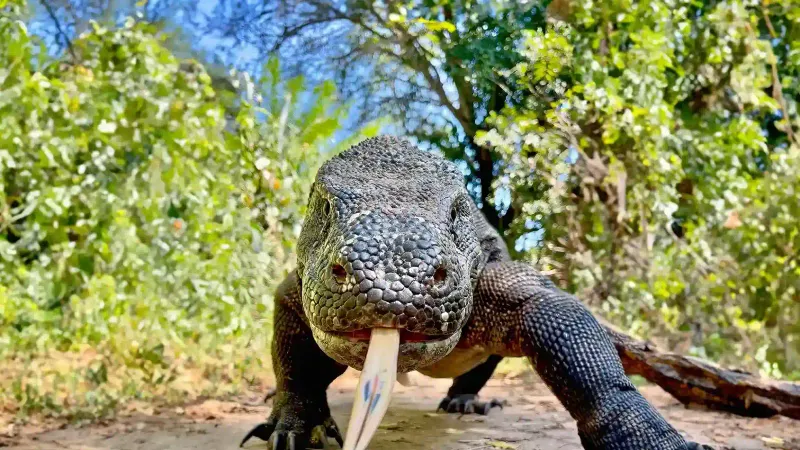
The Komodo dragon, largest of the lizards, is a fearsome predator with a stealthy approach. Moving almost silently, it creeps through the grass, relying on its sense of smell to locate unsuspecting prey.
When it strikes, the Komodo dragon uses its powerful jaws and venomous bite to subdue its target. This ambush predator is both feared and respected.
Did you know? Komodo dragons can take down prey as large as water buffalo, using a combination of strength and patience. Their stealthy hunting style is a wonder of evolution.
Impala

With a burst of energy, the impala can leap over obstacles and reach speeds of up to 50 mph. This elegant antelope relies on its agility and speed to escape predators in the African savannah.
Known for their impressive jumps, impalas can soar up to 10 feet in the air and cover long distances in a single bound. Their ability to zigzag at high speeds makes them elusive quarry.
Fun fact: Impalas often graze in mixed herds, using numbers to detect threats early. Their communal vigilance and quick reflexes are key to their survival.
Crocodile
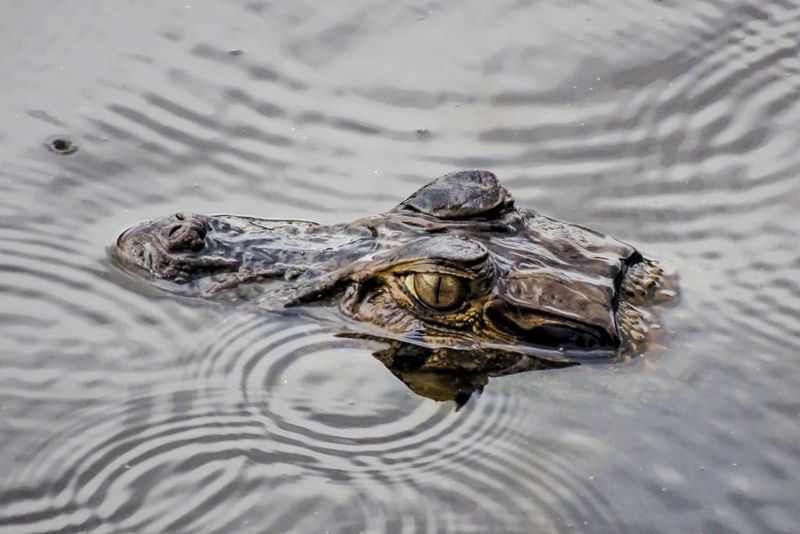
Lurking beneath murky waters, the crocodile is a master of ambush. With eyes and nostrils just above the surface, it remains concealed, waiting for unsuspecting prey to come close.
When the moment is right, the crocodile explodes from the water with a powerful lunge, using its jaws to capture its meal. Its patience and camouflage make it a formidable predator.
Did you know? Crocodiles can go months without food, relying on their efficient metabolism. Their ability to remain hidden and strike with precision is a testament to their survival skills.
Bald Eagle

Perched high with a commanding view, the Bald Eagle is a master of the skies. This bird of prey uses its extraordinary eyesight to spot potential meals from great distances.
Once prey is identified, the eagle swoops down with astonishing speed and precision, embodying both grace and ruthlessness in its approach.
Did you know? The Bald Eagle’s eyesight is four to five times sharper than that of a human, making it a formidable hunter.
Black Marlin
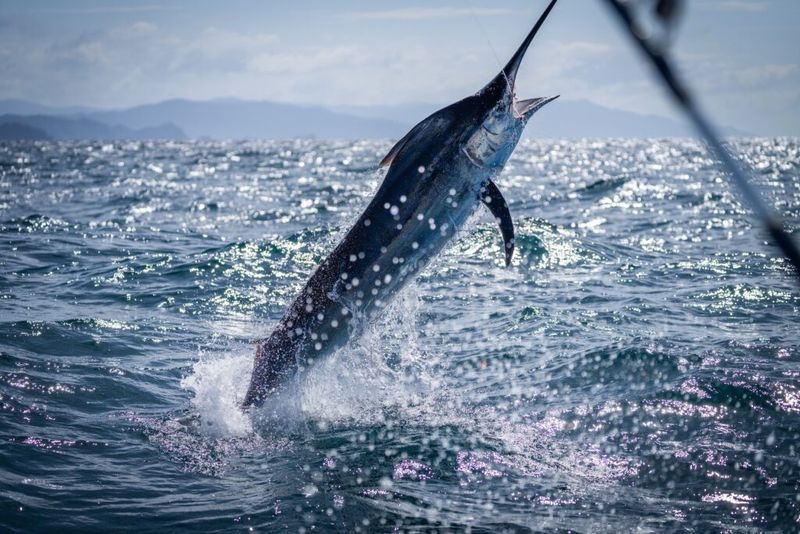
The Black Marlin is a marvel of speed and precision in the ocean’s vast expanse. Known to reach speeds of up to 82 miles per hour, it is one of the fastest marine creatures.
Its streamlined body and powerful tail fin propel it through water with incredible efficiency, making it a formidable predator.
Unlike other fish, the Black Marlin can maintain its speed for extended periods, allowing it to chase down agile prey like tuna and mackerel. Its speed is both a defensive mechanism against predators and a crucial tool for hunting.
Anna’s Hummingbird
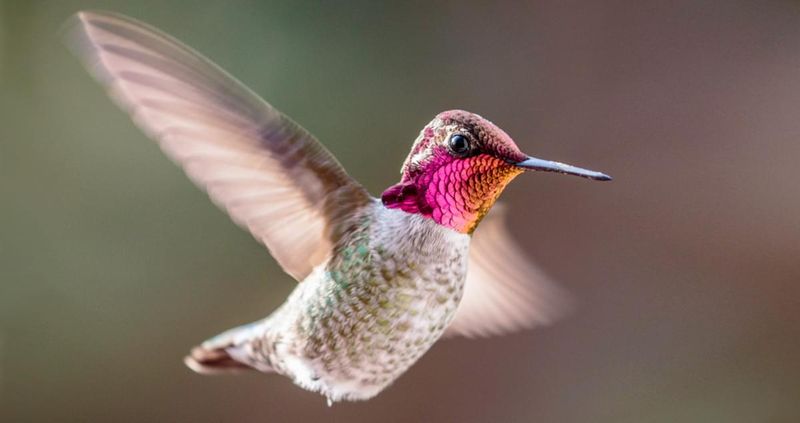
Anna’s Hummingbird is a tiny wonder of the avian world, renowned for its astonishing speed. Capable of reaching speeds up to 60 miles per hour, its flight is a blur of movement.
The rapid wing beats, at around 50 times per second, allow it to hover with precision near flowers. This agility is not just for feeding but also for impressive aerial displays during mating rituals.
Its iridescent plumage adds to the spectacle, creating a shimmering effect as it darts through the air. Truly, Anna’s Hummingbird is a master of speed.
Blue Wildebeest
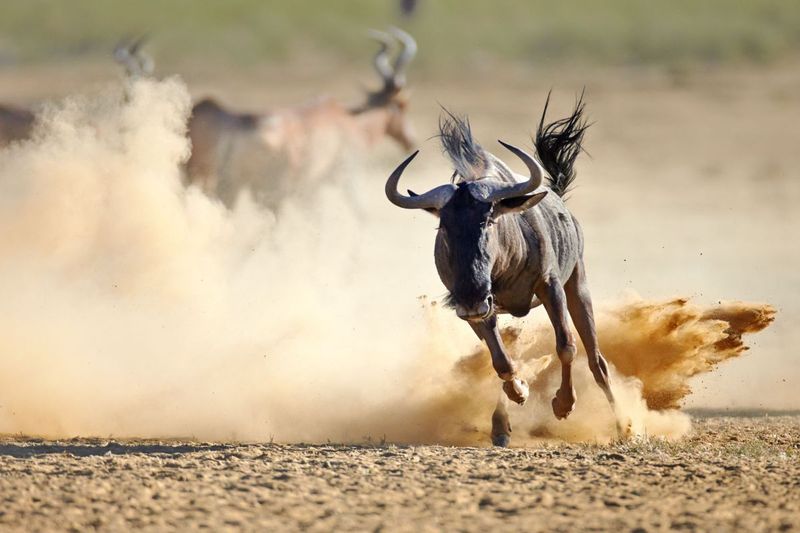
The Blue Wildebeest is synonymous with the great migration across Africa, relying on speed for survival. This robust antelope can run up to 50 miles per hour, a necessity when evading predators like lions and hyenas.
Its endurance is remarkable, capable of sustaining high speeds over long distances. The wildebeest’s unique build, with strong legs and a muscular frame, supports this incredible stamina.
During migration, their speed enables them to traverse vast landscapes, outrunning dangers and reaching fresh grazing grounds. The Blue Wildebeest’s velocity is a key element of its survival strategy.

